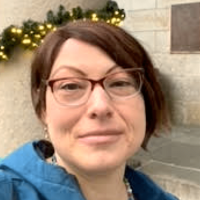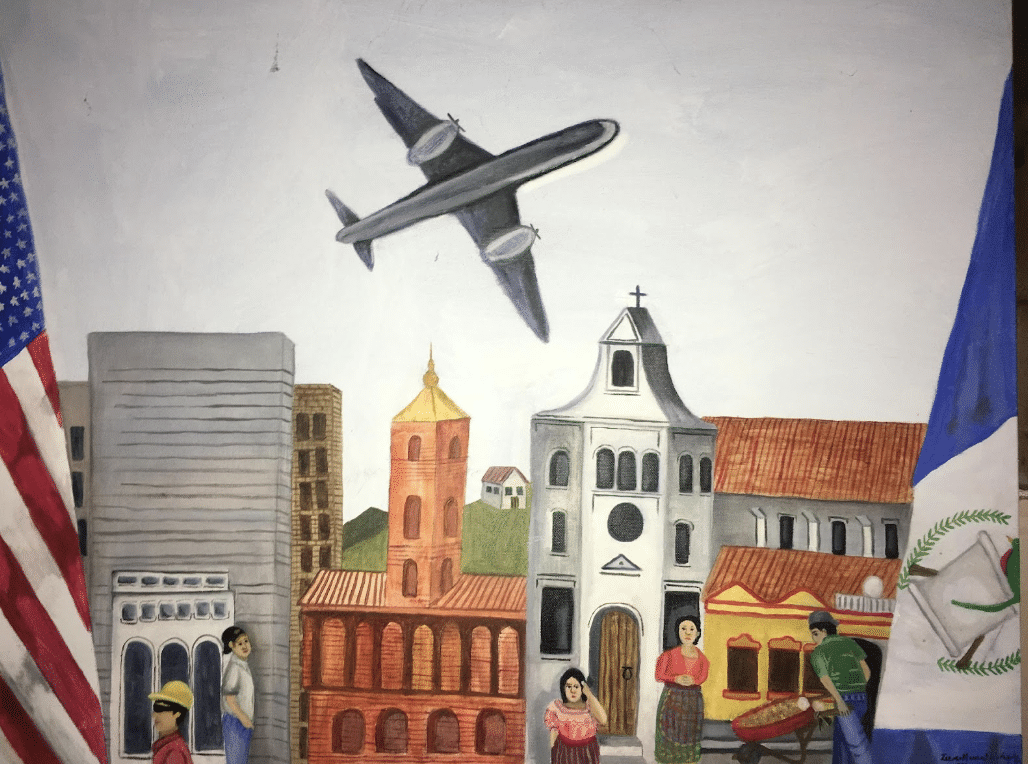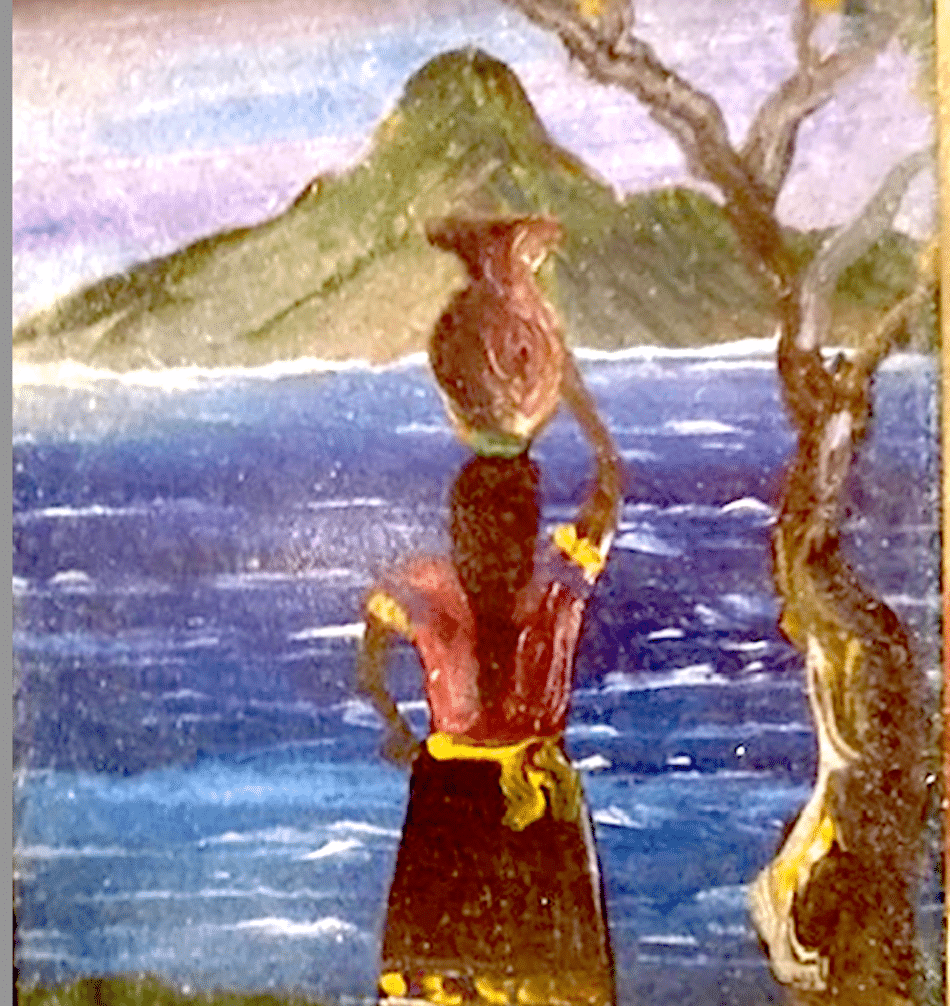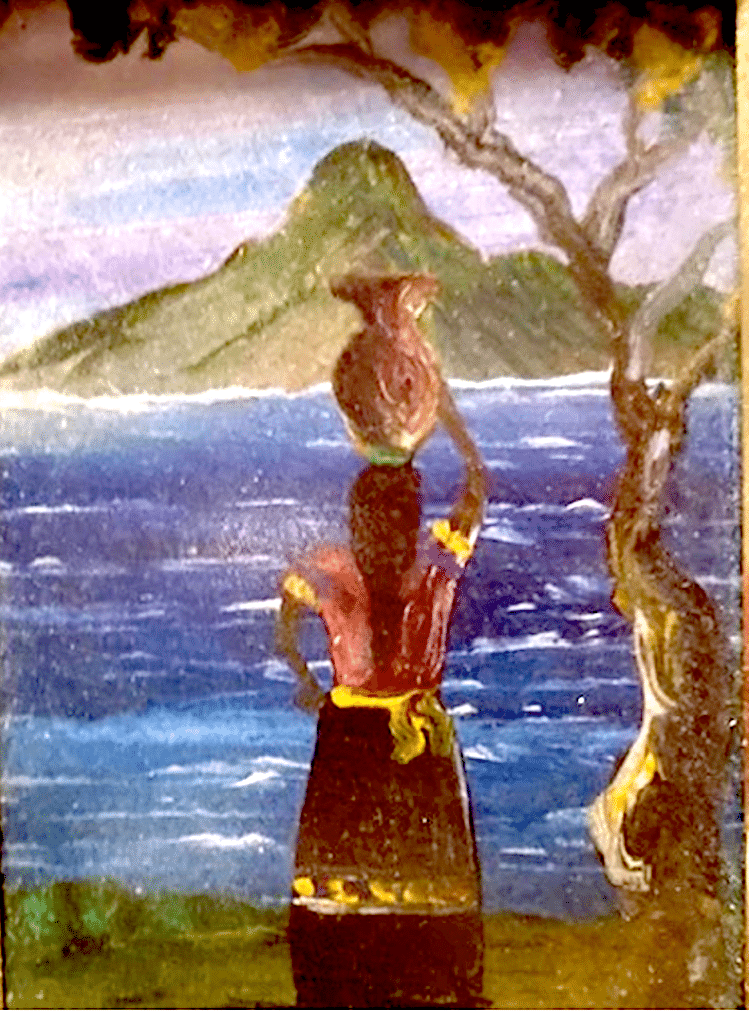
At age seven, I begged my mom to buy a tiny acrylic painting featuring a Guatemalan woman wearing traje, indigenous clothing, and balancing a jug of water on her head. I was fascinated by her clothing and wondered how she could balance the jug.
As I grew older, I was attracted to handmade Guatemalan art and weaving. During high school, I wore jackets and pants made from woven Guatemalan fabrics. Thus, whenI received my Peace Corps assignment in 2002, my family celebrated. “Of course, you would be assigned to Guatemala,” my mother said. “You were always mesmerized by the country’s art and culture.”
It was meant to be, I thought. I hadn’t even requested to be sent to Latin America.
I served with a Mayan women’s micro-credit organization in Santiago Sacatequez near the capital, Guatemala City. Together, we studied marketing techniques and nutrition. As the months passed, I became a part of the community—buying Diet 7-Up in my favorite shop, being saluted by children wherever I walked. I enjoyed my friends who taught me how to prepare meals or accompanied me on early morning runs.
One of my assignments was to tutor girls to help them succeed in school. Some of the girls told me that their fathers ventured to the United States with visas as agricultural workers to earn money for their families back home. Leticia, one of my favorite students, often contacted her father by cell phone. He worked in New York 6 months of each year, making enough money for his wife to open a small tienda (store) in their village. His sacrifices provided a pathway to business ownership for Leticia’s family.
I met Mateo, my future husband, during my Peace Corps training. We dated for two years, then married at the end of my Peace Corps service. I stayed in Guatemala and lived with my husband’s family in Santa Cruz del Quiche for three more years. In 2008, I returned to Connecticut with my husband and the first two of our three children. We maintain our connections with Guatemala by visiting every couple of years.
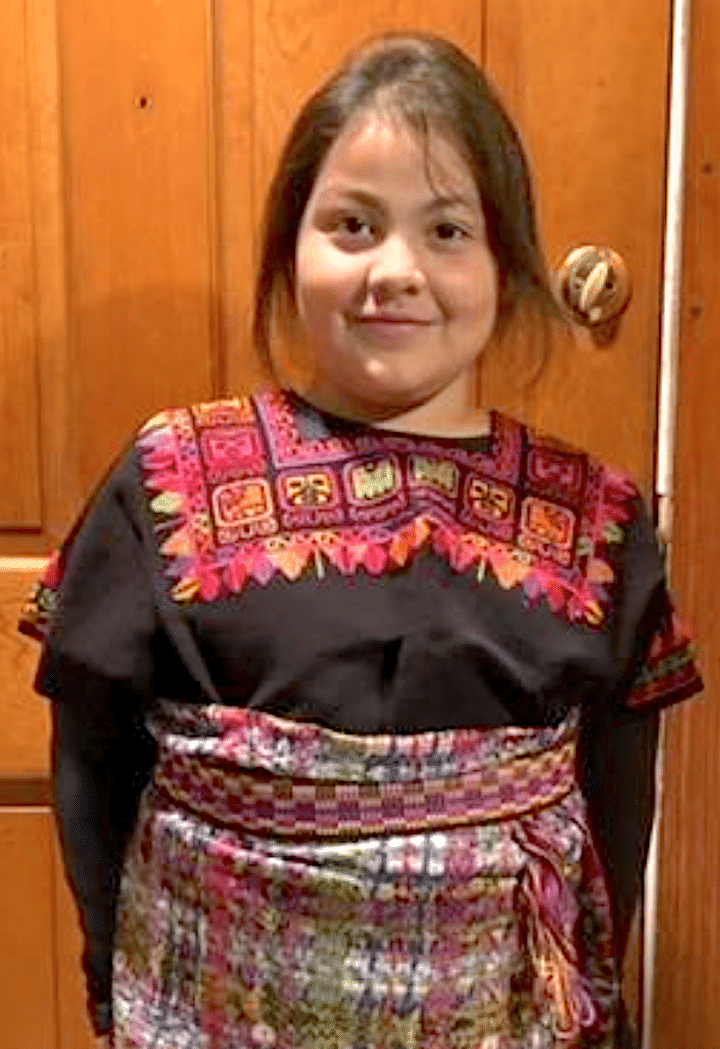
In Connecticut, I used my marketing skills to establish Cecilia Imports, named for Mateo’s mother. I sell traditional crafts from Guatemala – items that I purchase from artisans around Quiche. My customers, much as I was as a child, are fascinated by the artwork, bright colors, and decorative weaving. Mateo built a floor loom in Connecticut like the one his father uses in Quiche. With it, he weaves material resembling corte, the fabric he learned to weave as a child and that worn by indigenous women in Guatemala.
In 2021, I became a Peace Corps Virtual Service Pilot Participant. I am one of two volunteers assigned to teach a marketing curriculum to women in Guatemala using virtual technology. My group in Huehuetenango used their new marketing knowledge to sell dairy products, eggs, and produce.
I have always loved to paint, and art allows me to share my Peace Corps experience in Guatemala in ways that words cannot. In 2017, I painted an interwoven scene of life in Guatemala and the U.S. using a primitive style as in the painting I received as a child. On the left is the American flag, a New York cityscape, and men who might have come to the United States from Central America. On the right is the Guatemalan flag, and toward center, scenes of my host country. Two indigenous Guatemalan women are also in the center: one is Leticia, speaking on her cell phone with her father working in the U.S. A plane flies overhead, representing my mode of travel connecting me to my host country and Leticia’s dad to his family. For each of us, living abroad has widened our world perspectives, allowed us to achieve our dreams, and become representatives of two countries.
I named my painting “El Sueño Americano-The American Dream” because I always had a dream to serve my country as a Peace Corps volunteer. The painting also reflects my love for Guatemala, a fascination that I have had since childhood.

